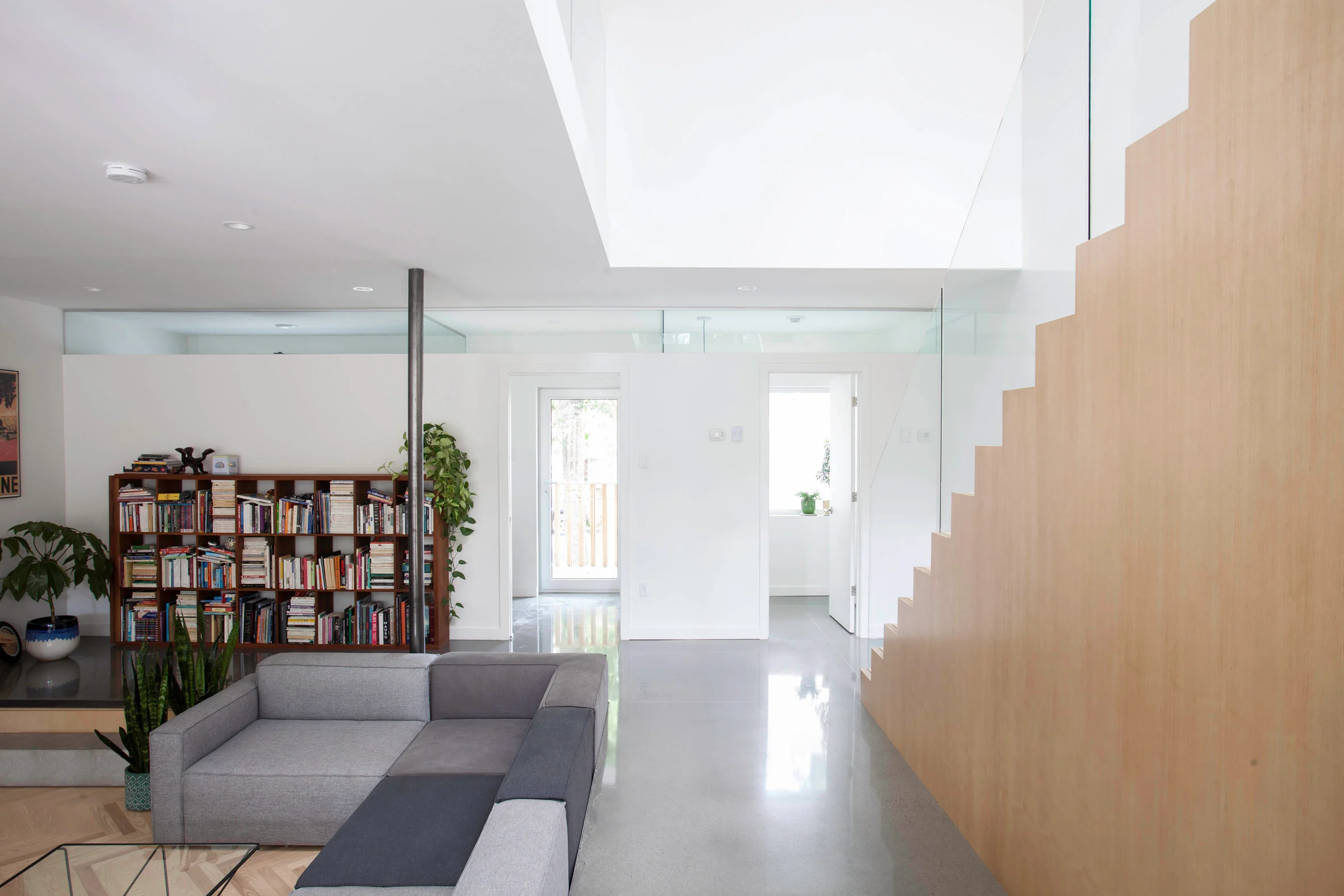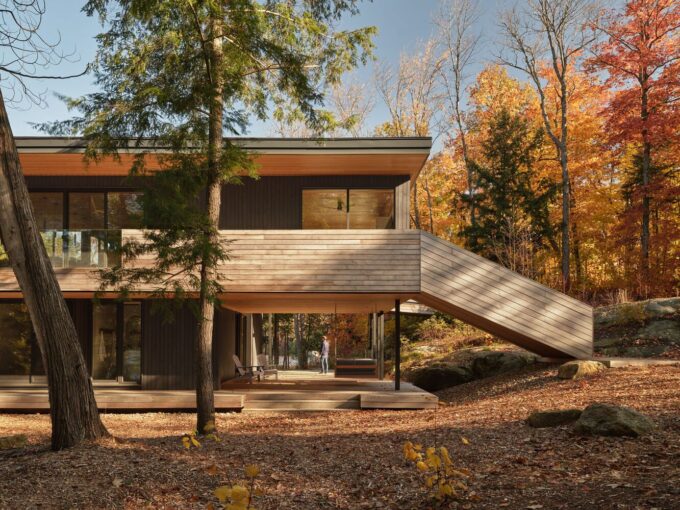- Home
- Articles
- Architectural Portfolio
- Architectral Presentation
- Inspirational Stories
- Architecture News
- Visualization
- BIM Industry
- Facade Design
- Parametric Design
- Career
- Landscape Architecture
- Construction
- Artificial Intelligence
- Sketching
- Design Softwares
- Diagrams
- Writing
- Architectural Tips
- Sustainability
- Courses
- Concept
- Technology
- History & Heritage
- Future of Architecture
- Guides & How-To
- Art & Culture
- Projects
- Interior Design
- Competitions
- Jobs
- Store
- Tools
- More
- Home
- Articles
- Architectural Portfolio
- Architectral Presentation
- Inspirational Stories
- Architecture News
- Visualization
- BIM Industry
- Facade Design
- Parametric Design
- Career
- Landscape Architecture
- Construction
- Artificial Intelligence
- Sketching
- Design Softwares
- Diagrams
- Writing
- Architectural Tips
- Sustainability
- Courses
- Concept
- Technology
- History & Heritage
- Future of Architecture
- Guides & How-To
- Art & Culture
- Projects
- Interior Design
- Competitions
- Jobs
- Store
- Tools
- More

Architecture is one of the oldest forms of human expression, and throughout history, it has undergone a constant evolution, adapting to different societies and cultures. Technology has played a significant role in this evolution, transforming the way architects design, construct, and present their work. In this article, we will explore the role of technology in architecture, its impact on the field, and its future implications.
Design and Visualization Tools
One of the most significant impacts of technology on architecture is the ability to use advanced design and visualization tools. Computer-aided design (CAD) software has revolutionized the design process, allowing architects to create complex structures and intricate details with precision and accuracy. These tools also allow architects to simulate different lighting conditions, materials, and environments, enabling them to make more informed design decisions.
In addition, visualization tools such as 3D modeling software have transformed the way architects present their work to clients and stakeholders. With these tools, architects can create realistic renderings and virtual tours of their designs, providing clients with a better understanding of how the final product will look and feel.

Sustainability and Energy Efficiency
Technology has also played a significant role in promoting sustainability and energy efficiency in architecture. Building information modeling (BIM) software has enabled architects to create detailed 3D models of buildings that can simulate energy usage and performance. This technology allows architects to identify areas for improvement in a building’s design, such as insulation or ventilation, to reduce energy consumption and promote sustainability.
Another example of technology promoting sustainability in architecture is the use of green building materials. Innovations in materials science have led to the development of sustainable materials, such as recycled wood, bamboo, and bioplastics, that can be used in construction. These materials have a lower environmental impact than traditional building materials and can contribute to the overall sustainability of a building.
Construction and Project Management
Technology has also had a significant impact on the construction process and project management in architecture. Building automation systems have made it easier to manage building systems such as HVAC, lighting, and security. These systems can be controlled remotely and can be programmed to optimize energy usage and comfort.
In addition, project management software has made it easier for architects to manage complex projects, from scheduling to budgeting to team collaboration. This technology has streamlined the construction process, reducing the risk of errors and delays and improving overall efficiency.

Future Implications
As technology continues to advance, its impact on architecture is likely to continue to evolve. One area of potential development is in the use of augmented reality (AR) and virtual reality (VR) in architecture. These technologies could enable architects to create immersive experiences for clients, allowing them to explore a design in a virtual environment. Another area of potential development is in the use of artificial intelligence (AI) in architecture. AI could be used to analyze building data to optimize energy usage and improve sustainability. It could also be used to generate design options based on specific criteria, such as budget or site conditions, allowing architects to explore more options in less time. Technology has played a significant role in architecture, transforming the way architects design, construct, and present their work. From design and visualization tools to sustainability and energy efficiency, technology has had a profound impact on the field. As technology continues to advance, its impact on architecture is likely to continue to evolve, with the potential for further advancements in areas such as AR, VR, and AI.
Future of Technology in Architecture
The future of technology in architecture is both exciting and promising. The continued development of new tools and techniques is likely to revolutionize the field and enable architects to create even more innovative and sustainable structures. Here are some potential future developments in technology and architecture:
3D Printing
3D printing technology is already being used to create building components and even entire structures. As this technology continues to advance, it could become a more widely used construction method, allowing architects to create highly customized and intricate designs. Architects like Norman Foster and Edward Gregory are already using 3D printing to push the boundaries of what’s possible in modern architecture.

Robotics
Robotics technology is already being used in construction, but it could play an even greater role in the future. For example, robotic construction crews could work on complex structures that would be difficult or dangerous for human workers to build.
Artificial Intelligence
As artificial intelligence technology continues to improve, it could become an even more valuable tool for architects. AI could be used to analyze building data and suggest improvements to energy efficiency, material usage, and other factors. It could also be used to generate design options based on specific criteria, allowing architects to explore more options in less time.

Augmented Reality and Virtual Reality
Augmented reality and virtual reality technology could revolutionize the way architects present their designs to clients. With these technologies, clients could explore a design in a virtual environment, experiencing the space as if they were there in person.
Sustainable Materials
Sustainable materials are already being used in architecture, but their use could become even more widespread in the future. As concerns about climate change and environmental sustainability continue to grow, architects will likely be looking for ways to reduce the environmental impact of their designs.

In conclusion, the future of technology in architecture is likely to be characterized by continued innovation and development. Architects will have access to new tools and techniques that will enable them to create even more innovative and sustainable structures. As a result, the buildings of the future are likely to be more efficient, more comfortable, and more visually striking than ever before.

Submit your architectural projects
Follow these steps for submission your project. Submission FormLatest Posts
The Ultimate Guide to Fencing in North Dakota: Choosing the Best Fence for Your Property
Watching a chain link fence twist in 70 mph winds near Minot...
Gaudí: Where Architecture Meets Science
Gaudí: Where Architecture Meets Science shows catenary arches, ruled surfaces, and biomimicry...
How Housing Market Forces Shape Architectural Design Today
Architecture never exists in isolation. Buildings rise from a mix of ambition,...
Why Portable Formaldehyde Gas Detectors Matter on Construction Sites
As construction practices shift toward more enclosed and material-intensive environments, the risk...












Leave a comment